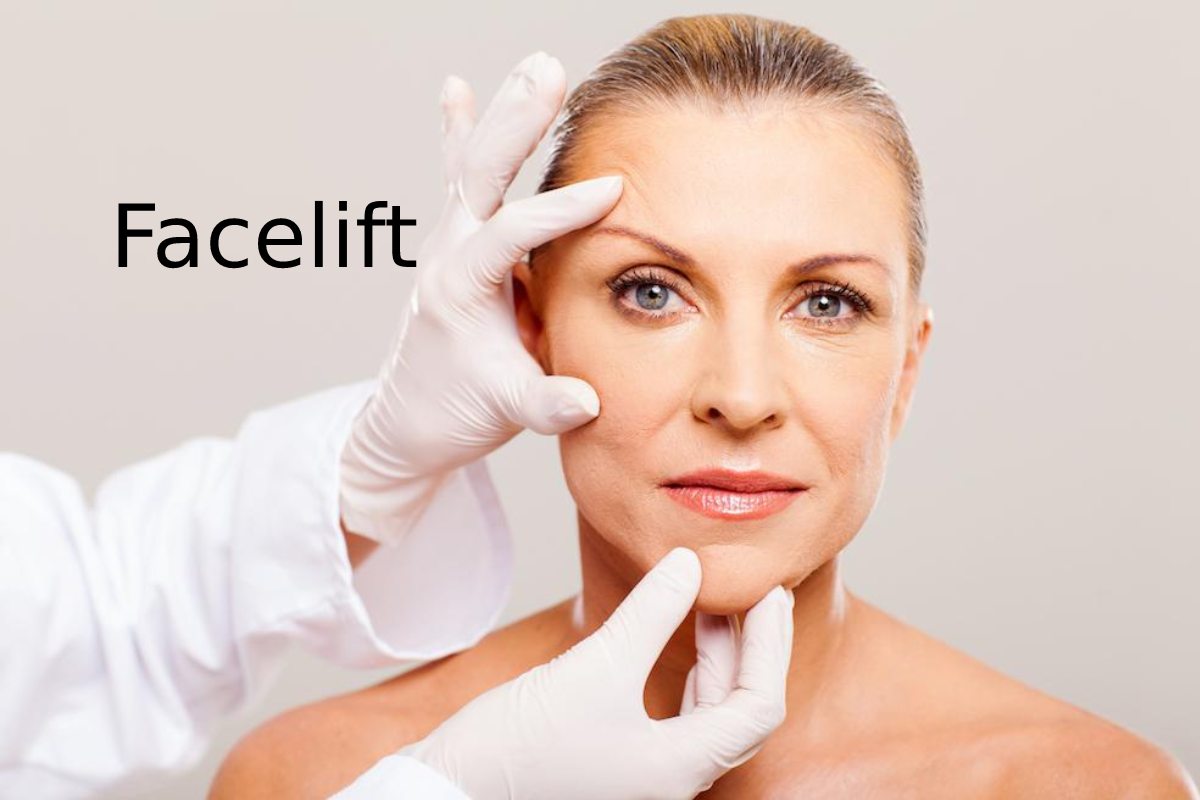Do you find yourself staring at the mirror and wondering, “Do I look like that?” or “Am I aging?”
If so, you might be considering a facelift!
In this article, we are going to discuss what a facelift is, how it works, who is a good candidate for surgery, and common questions about facelifts.
Let’s dive in.
Table of Contents
What Is a Facelift?
A facelift is a surgical procedure that improves the aesthetic appearance of your face and neck. It can be performed alone or in conjunction with other plastic surgery procedures.
A facelift restores a more youthful look to the face, smoothing out wrinkles and lines that are caused by aging or facial injury. It also can correct droopy eyelids, improve jowls, and enhance a weak jawline.
How Is a Facelift Performed?
A facelift is a surgical procedure that rejuvenates and tightens the skin and underlying tissue of the face and neck. The procedure can help restore a more youthful appearance to the face, including areas like the forehead, cheeks, jowls, neck, and eyelids.
During a facelift, the plastic surgeon removes excess fat from beneath the skin and tightens loose or sagging muscles. He or she then repositions facial tissues to give your face a more youthful look.
Depending on your needs, you may have one or several procedures performed at once or over several stages over time. The typical facelift takes about two hours to complete.
When it comes to facelift, the procedure can be invasive, and even surgical. For example, upper eyelid surgery can also give a facelift to the people with a hooded eyelid. If you do not know much about blepharoplasty, then learn more from here.
What Can I Expect During Recovery?
You can expect to recover from your facelift in about two weeks, though the healing process can last for up to three months. During this time, you will likely experience some discomfort, including pain and swelling. This is normal, and you must speak up about any concerns you have with your facelift Beverly Hills doctor.
During the recovery period after having a facelift, there are several things that you should avoid doing:
- Do not smoke or drink alcohol for at least one month after surgery.
- Do not exercise or engage in any activities that may result in injury (i.e., contact sports) for at least six weeks after surgery.
- Do not blow your nose forcefully during the first six weeks after surgery because this could cause bleeding under the skin flap created by your surgeon.
Who Is a Good Candidate for a Facelift?
If any of the following descriptions sound like you, then it’s likely that you’re a good candidate:
- You have noticeable wrinkles around your mouth or eyes that make you look older than you are
- Your skin sags on your cheeks, jawline (this is known as jowls), or around your neck (known as turkey neck)
- Your skin is starting to sag off the bones of your face, causing hollows that make you appear gaunt or tired-looking
- You’ve lost volume under your chin and want to restore it so that it looks more youthful and proportionate with the rest of your face
What Are Some of the Different Types of Facelift Surgery?
There are many types of facelifts.
They include:
- Vertical Facelift – This procedure involves tightening the muscles in your cheeks, mouth, and chin. This technique pulls the tissues in a vertical manner to allow for more natural-looking rejuvenation.
- Stem Cell Facelift – This procedure uses stem cell injections to help heal damaged skin tissue. This helps reduce swelling and inflammation after surgery. This can be used non-surgically (as injections) or in combination with another surgical technique to improve multiple aspects of facial aging, including tone and texture irregularities, volume loss, and laxity.
- Adjustable and Suspenders Facelift – This procedure uses adjustable sutures that pull up skin around the eyes and jawline for a more youthful appearance.
- One-Stitch Facelift – This procedure uses only one stitch rather than multiple stitches as in traditional facelifts. The goal is to make recovery easier and faster while still providing good results!
Frequently Asked Questions
What Is a Facelift?
A facelift is a cosmetic surgery procedure that helps to reduce the signs of aging. In this procedure, the surgeon will remove excess skin and fat from your face and neck. The surgeon then tightens the underlying tissues, including muscles and tendons. This restores lost elasticity in the skin, resulting in a more youthful appearance.
Why Do People Get Facelifts?
People get facelifts for several reasons.
The most common reasons include:
- To look younger
- To look more vibrant and healthy
- To feel more confident
- To look more attractive
What Are the Benefits of a Facelift?
A facelift is a procedure that can help you look younger and more refreshed by removing excess skin and fat from your face. It can also help reduce wrinkles, lift your cheeks and jawline, and improve the appearance of your neck.
The benefits of a facelift include:
- Reduced wrinkles and fine lines
- Improved skin texture
- Less noticeable scars
- A tighter, more youthful appearance
How Long Does the Procedure Take?
The facelift procedure takes about two hours. The length of the surgery depends on the extent of your facelift, but most patients can go home that same day or the next morning after surgery.
How Long Does Recovery Take?
After the surgery, it’s normal to have some swelling, bruising, and redness on your face. You also may experience some numbness in your lips, chin, and/or cheeks. These side effects usually go away within a few weeks after surgery.
You’ll likely be able to return to work within a week or two of the procedure. However, strenuous activities should be avoided for at least six weeks after surgery.

